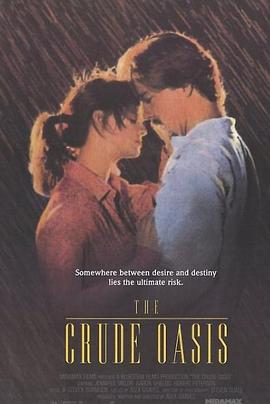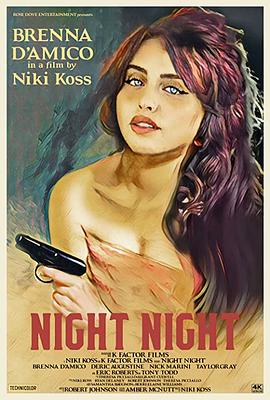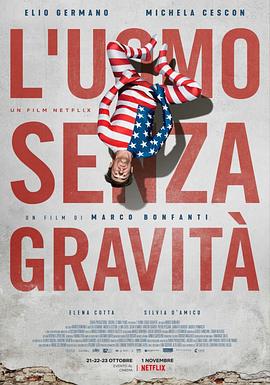-
备注:已完结
类型:喜剧片
主演:Steven Bone Colin Chong Chi-Ren Cho
导演:吴安和
语言:英语
年代:未知
简介:蔚蓝宁静的大海中,生活着一对好朋友,大白鲨大猪和小竹鲨泡泡,他们终日在珊瑚礁之间穿梭游弋,注视着即将来到这个世界上的同类小伙伴。可是,贪婪的人类潜至洋底,肆意捕捞鲨鱼卵,只为满足口腹之欲。与此同时,无良的现代化工厂任意倾倒废水废料,蔚蓝的大海变得污浊不堪。大猪和泡泡各有各的烦恼,大猪一直都以轮胎为食,如今却希望能尝尝新的食物;泡泡眼见鲨鱼卵被同胞捕获,他希望能借助章鱼博士的帮助去陆地营救他的同伴。 人类对海洋的破坏越来越严重,而海里的动物们也似乎正准备联合起来拯救他们的家园……
-
备注:已完结
类型:剧情片
主演:瓦妮莎·雷德格雷夫 蒂莫西·斯波 史蒂芬·洛德 温迪·摩根 迈尔斯·基
导演:阿德里安·诺布尔
语言:英语
年代:未知
简介:他那咄咄逼人的控制狂母亲 成就了二十世纪英国最伟大的画家之一 L.S. 洛瑞是二十世纪英国最伟大的国民画家之一,独特的画风深受英国民众喜爱。但是他的画作在早期却遭艺术评论家嘲笑为出自儿童之手,因为他笔下的人物,头大大,身体细细,就像一根根的火柴棒一样,被称为“火柴男人”。虽然说洛瑞的母亲伊莉莎白女士,一生都在阻扰他的艺术事业,但是洛瑞之所以能够成为优秀的画家,却不得不归功于他的母亲。在他父亲去世之后,洛瑞负责照顾卧病在床的母亲,每每等到她入睡了才在阁楼开始作画,全心全意,甘之如饴。抑鬱寡欢的伊莉莎白总是叨叨念著她对儿子的不满与失望,洛瑞却终其一生都在追寻著如何让母亲快乐,他的生活与他的画作都渴望著母亲的认同。本片由知名皇家莎士比亚剧场前任总监亚德里安.诺布尔担任导演,找来坎城影帝提摩西司伯饰演这位伟大的画家,以及坎城影后凡妮莎蕾格烈芙饰演控制狂的母亲。两人精湛的演技,演活了这对讽刺却又带幽默的母子。 「烟囱林立以及冒著黑烟的天空,火柴男子出现在一成不变的工业景观裡踽踽独行。」洛瑞的作品纪录了后工业化的英国城市景观,以及人们的疏离,直到现在,仍能引起共鸣。他在晚年被皇家艺术学会及曼彻斯特学院延揽,作品曾以370万英镑高价售出。他多次拒绝了英国首相颁发的勳章,并拒绝了勳爵的封号。
-
备注:已完结
类型:剧情片
主演:Heinrich Hargesheimer Carlheinz Har
语言:其它
年代:未知
简介:The subtitle of Jean-Marie Straub and Danièle Huillet’s first feature, from 1965, “Only Violence Helps Where Violence Reigns,” suggests the fierce political program evoked by their rigorous aesthetic. The pretext of the film, set in Cologne, is Heinrich Böll’s novel “Billiards at Half Past Nine,” which they strip down to a handful of stark events and film with a confrontational angularity akin to Bartók’s music that adorns the soundtrack. The subtlest of cues accompany the story’s complex flashbacks. The middle-aged Robert Fähmel tells a young hotel bellhop of persecutions under the Third Reich; his elderly father, Heinrich, an architect famed for a local abbey, recalls the militarism of the First World War, when his wife, Johanna, incurred trouble for insulting the Kaiser. A third-generation Fähmel is considering architecture, just as the exiled brother of Robert’s late wife, returns, only to be met by their former torturer, now a West German official taking part in a celebratory parade of war veterans. Straub and Huillet make the layers of history live in the present tense, which they judge severely. The tamped-down acting and the spare, tense visual rhetoric suggest a state of moral crisis as well as the response—as much in style as in substance—that it demands.









